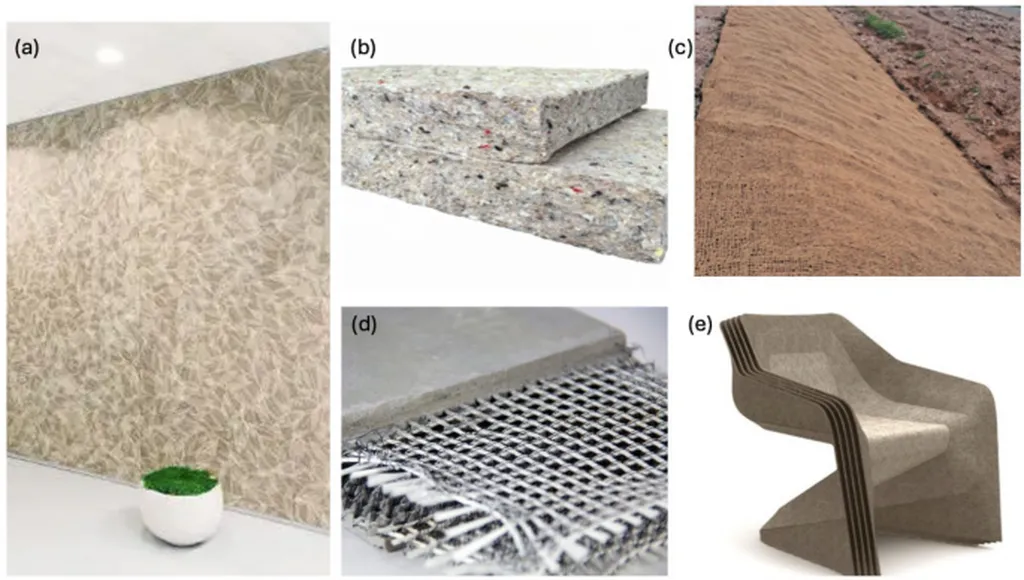In the quest for sustainable materials, a recent comprehensive review published in the journal *Fibers* (translated from Portuguese) sheds light on the vast potential of natural fibers, offering insights that could reshape industries from textiles to construction. Led by Telmo Eleutério from the Faculty of Sciences and Technology at the University of the Azores, the research delves into the classification, composition, extraction methods, treatments, and applications of natural fibers, highlighting their role in reducing reliance on synthetic materials.
Natural fibers, categorized into plant-based, animal-based, and mineral-based types, are celebrated for their unique structural and chemical properties. Eleutério and his team meticulously examine traditional and advanced extraction techniques, such as dew retting, water retting, enzymatic retting, chemical retting, and mechanical decortication. These methods not only influence fiber quality but also have significant environmental implications. “The choice of extraction method can greatly impact the sustainability and performance of natural fibers,” Eleutério notes, emphasizing the need for optimized processes that balance efficiency and eco-friendliness.
The review also explores various chemical and biopolymer treatments designed to enhance fiber performance. These treatments aim to reduce hydrophilicity and improve adhesion in composite materials, making natural fibers more versatile and durable. “By treating natural fibers with biopolymers, we can significantly improve their mechanical properties and compatibility with other materials,” Eleutério explains. This innovation opens doors to a wide range of applications, from textiles to automotive and construction industries.
One of the most compelling aspects of the research is its focus on the multifaceted applications of natural fibers. These fibers are increasingly being used in composite materials, offering a sustainable alternative to synthetic fibers. In the construction industry, for instance, natural fiber-reinforced composites are gaining traction for their lightweight and eco-friendly properties. The automotive sector is also exploring these materials for their potential to reduce vehicle weight and improve fuel efficiency.
The review synthesizes recent market trends and emerging fiber classifications, underscoring the potential of natural fibers to drive sustainable development. Eleutério’s work emphasizes the need for future research in extraction efficiency, treatment optimization, and lifecycle analysis. “Understanding the lifecycle of natural fibers is crucial for developing sustainable and cost-effective solutions,” he states, highlighting the importance of ongoing research in this field.
As industries increasingly prioritize sustainability, the insights from this review could shape future developments in the field of natural fibers. By optimizing extraction methods and treatments, researchers and industry professionals can unlock the full potential of these eco-friendly materials, paving the way for a more sustainable future. Published in *Fibers*, this comprehensive analysis serves as a valuable resource for anyone interested in the latest advancements in natural fiber technology.

